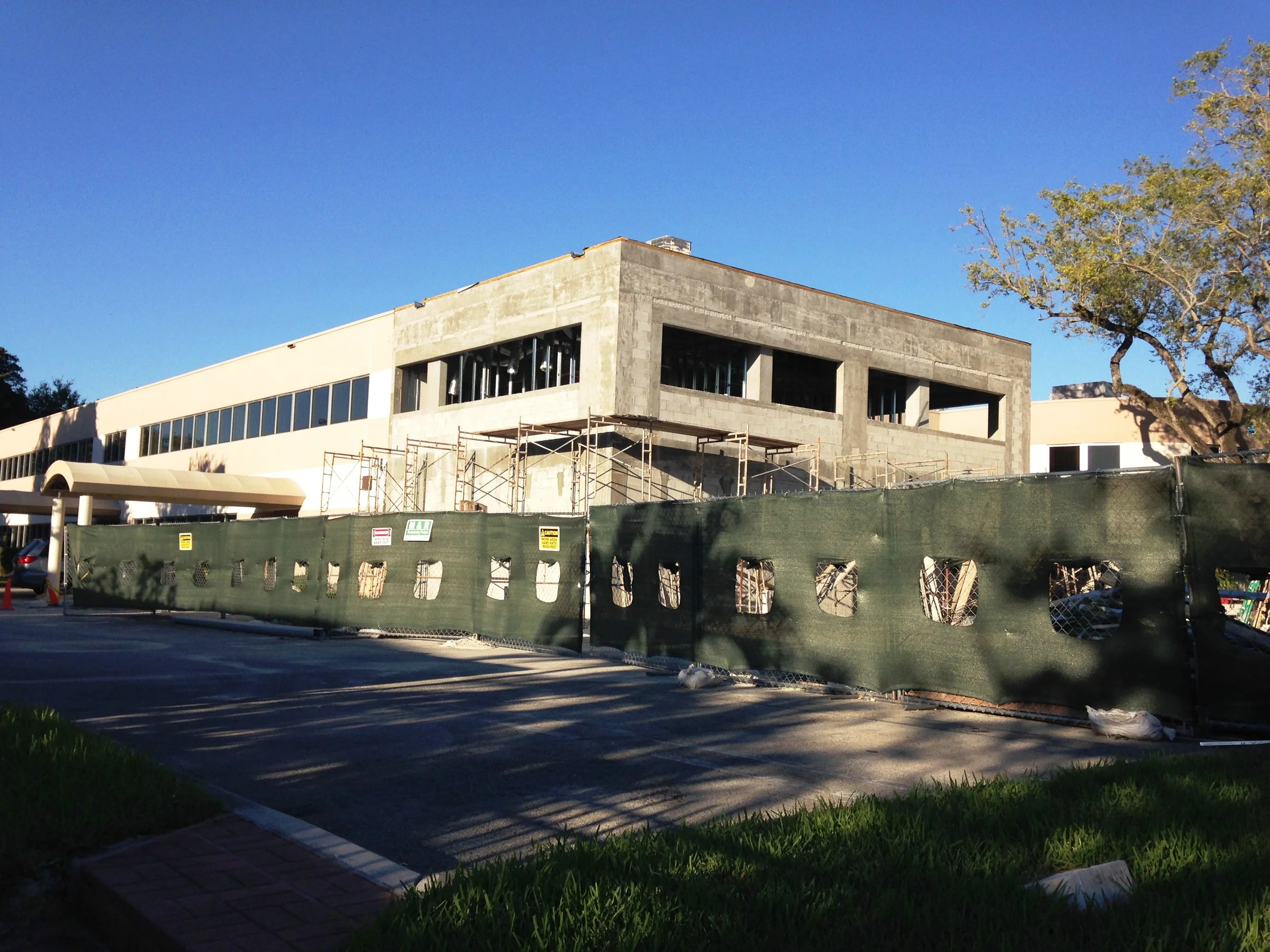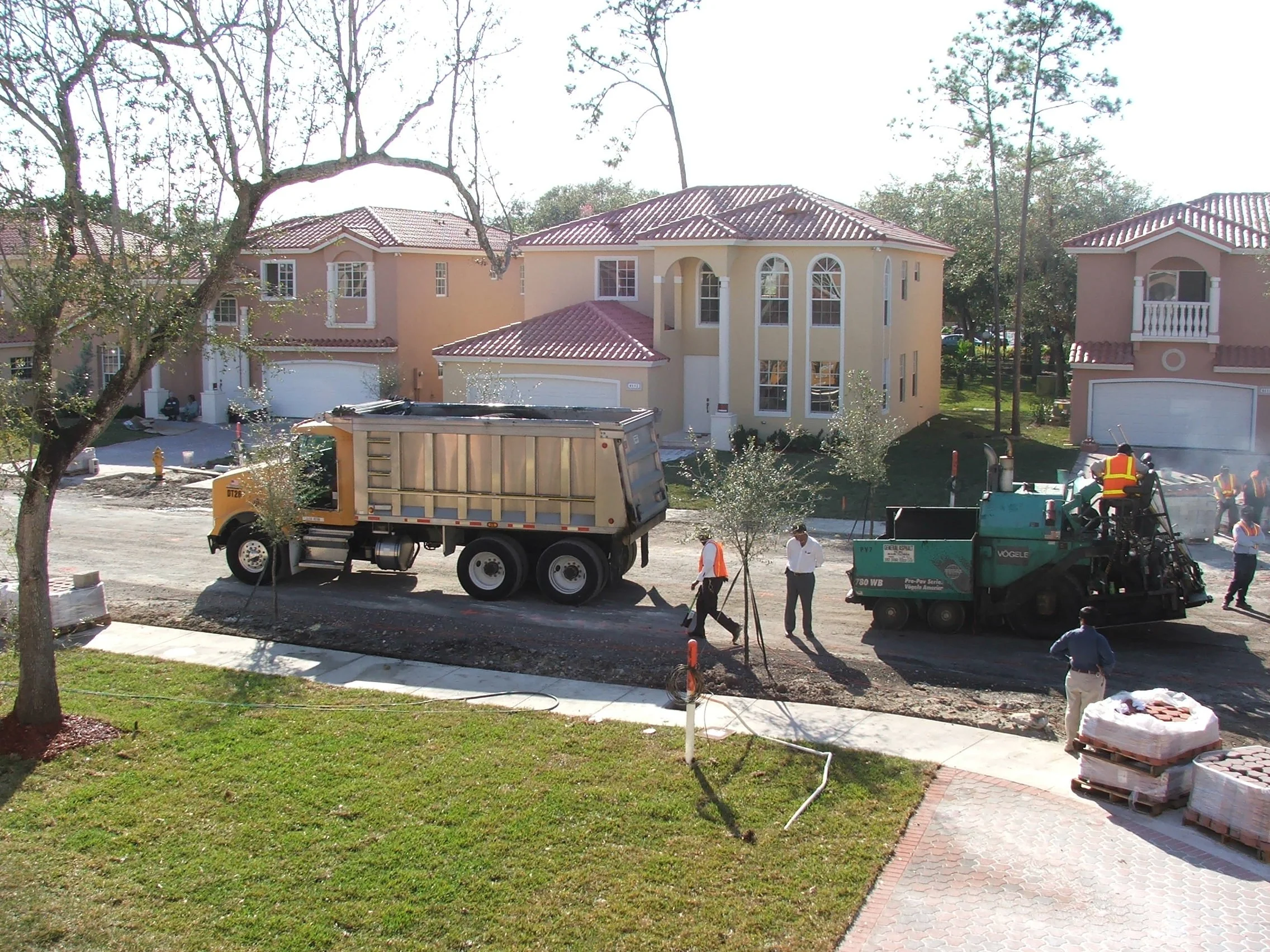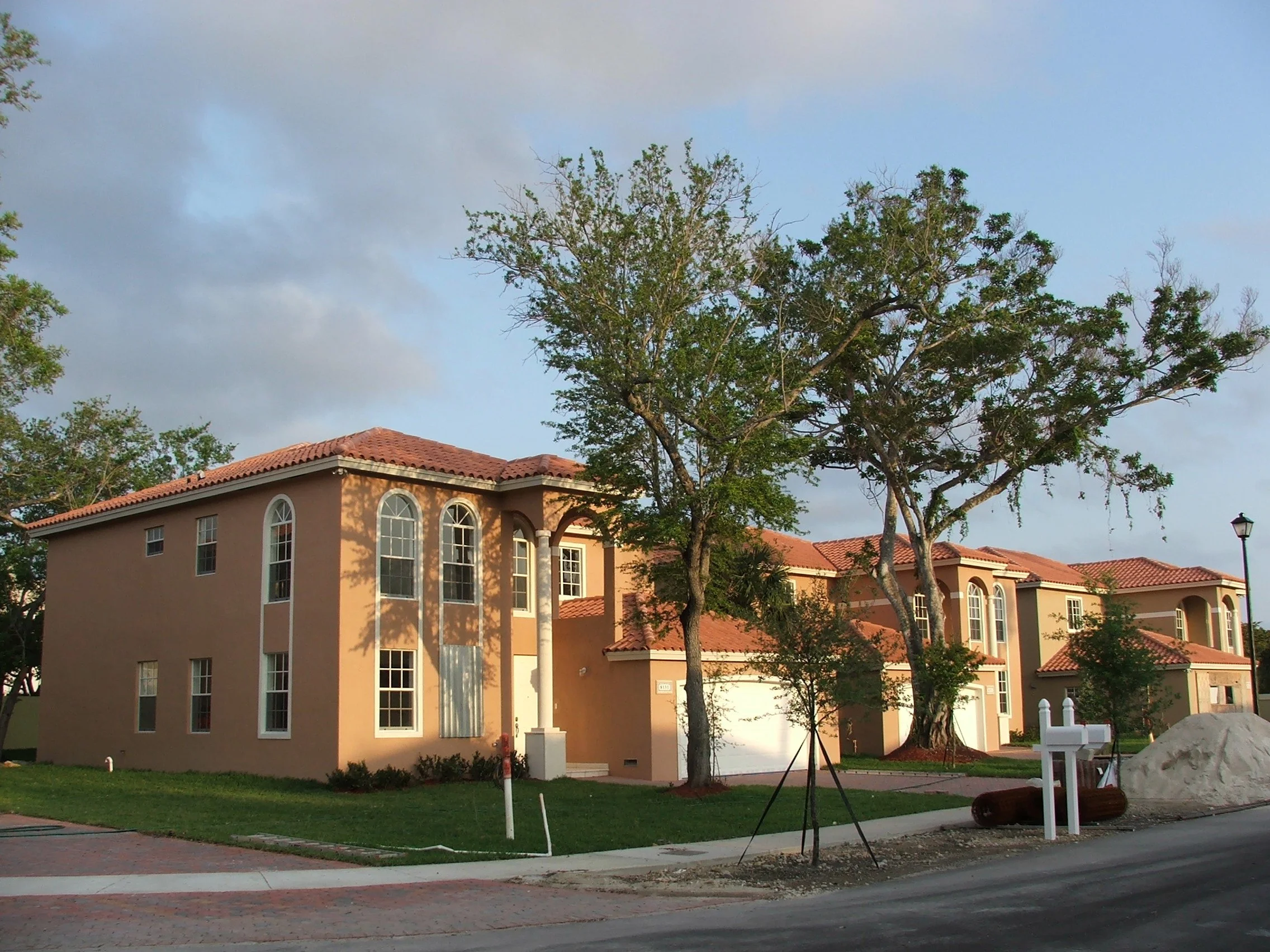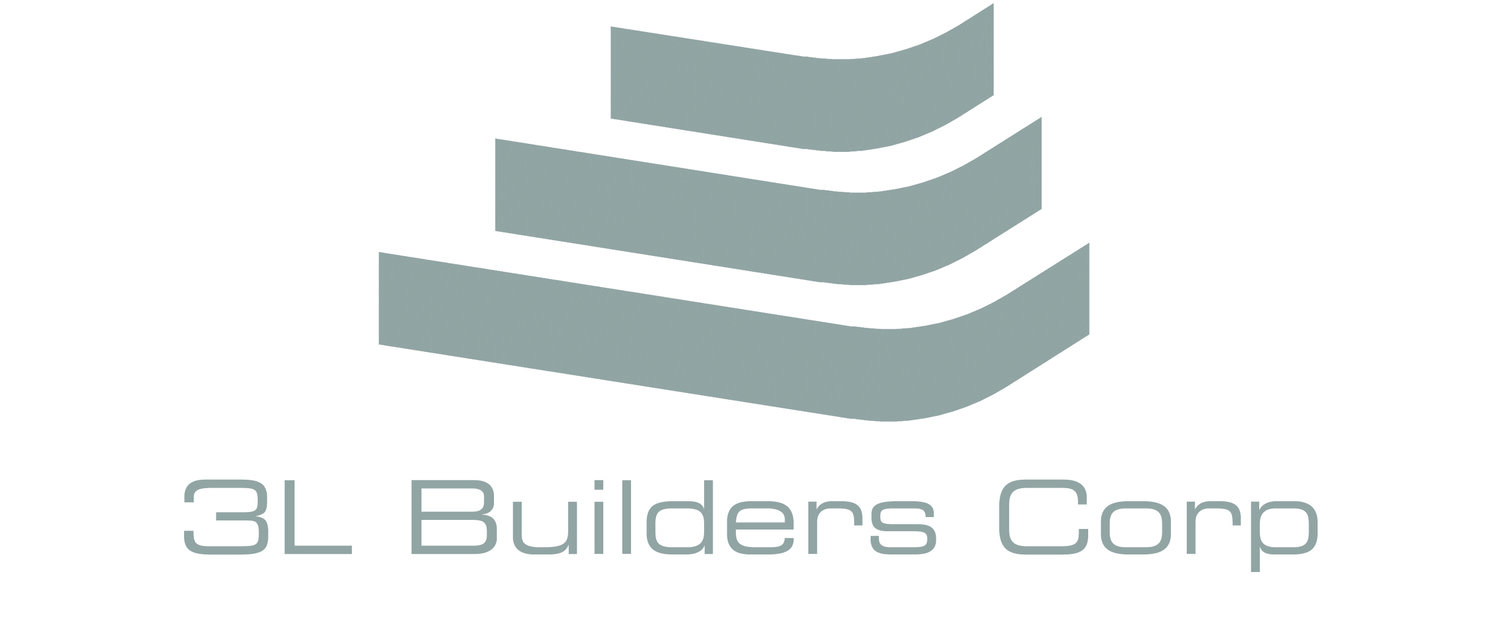
Smart Buildings and IoT in Construction: Revolutionizing Modern Architecture
Smart buildings integrate IoT technology to optimize energy use, enhance security, and improve comfort. IoT sensors monitor systems like HVAC, lighting, and air quality, enabling automation and real-time data analysis. Benefits include energy efficiency, reduced operational costs, and increased building value, while challenges include cost and security concerns.

Lean Construction Principles
Lean construction focuses on maximizing value while minimizing waste. Key principles include value definition, flow creation, and continuous improvement. It enhances collaboration, reduces costs, and improves quality. Implementing lean construction requires proper training, planning, and feedback loops for continuous enhancement.

Construction Project Cost Estimation
Construction project cost estimation is crucial for budgeting, securing financing, and managing resources effectively. It involves calculating labor, material, and other costs to ensure projects stay within budget. Accurate estimations help mitigate risks, track expenses, and support timely, quality project completion.

Sustainable Construction Practices: Building for the Future
Sustainable construction focuses on reducing environmental impact through energy efficiency, waste reduction, and eco-friendly materials. Key principles include using renewable resources, water conservation, and improving indoor air quality. Benefits include cost savings, health improvements, and long-term environmental protection.

Technical Supervision and Inspections: Ensuring Quality and Compliance in Construction
Technical supervision and inspections ensure construction quality, safety, and compliance by monitoring work, verifying standards, and identifying issues early. They help maintain project integrity, reduce risks, and support efficient, code-compliant project delivery from start to finish.

Preparing and Writing Specifications: Defining the Blueprint Beyond Drawings
Specifications are essential written documents in construction that define materials, methods, and quality standards. They complement drawings, guide contractors, ensure compliance, and reduce miscommunication. Well-prepared specifications are key to project clarity, legal accuracy, and successful outcomes.

Construction Documents: The Blueprint of Successful Building Projects
Construction documents are essential tools that guide building projects from design to completion. They include drawings, specifications, and legal documents, ensuring clarity, coordination, and compliance. These documents help manage quality, timelines, and costs while supporting communication among all project stakeholders.

General Construction Management: Overseeing Projects from Concept to Completion
General Construction Management oversees all phases of a construction project, from planning to completion. It ensures time, cost, quality, and safety are balanced through effective coordination, communication, and risk management—leading to efficient, high-quality, and successful project outcomes.

Construction and Development in Miami
Miami, Florida, known for its picturesque beaches and vibrant culture, is also a hub for construction and architectural innovation. The construction industry here plays a crucial role in the city’s economy, providing jobs and improving the urban landscape

Building Miami’s Legacy, One Project at a Time
Miami’s unique culture and vibrant lifestyle demand construction solutions that go beyond the ordinary. At 3L BUILDERS, we specialize in custom construction projects that blend architectural innovation with functionality

Introduction: Miami’s Architectural Identity
Miami’s construction sector is booming, driven by population growth, tourism, and climate-driven retrofits. For medium-scale projects

Renovations: Transforming Spaces for Functionality and Aesthetic Appeal
Renovations enhance functionality, aesthetics, and property value. They modernize spaces, improve efficiency, and adapt buildings to evolving needs, ensuring long-term comfort and sustainability.

Architectural Design: The Art and Science of Building Spaces
Architectural design merges creativity, engineering, and functionality to create aesthetic and sustainable spaces. It shapes urban environments, enhances well-being, and evolves with technology to build efficient and resilient structures.
